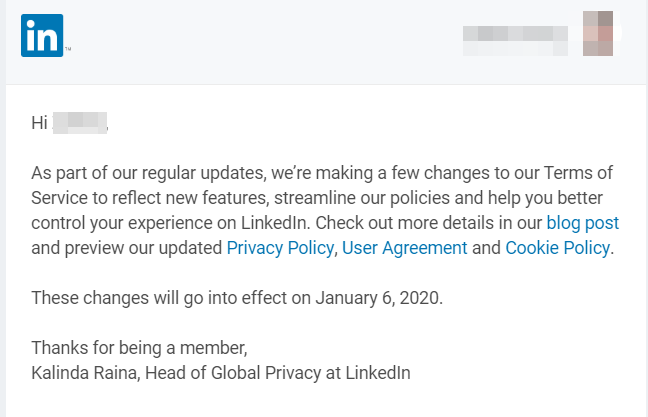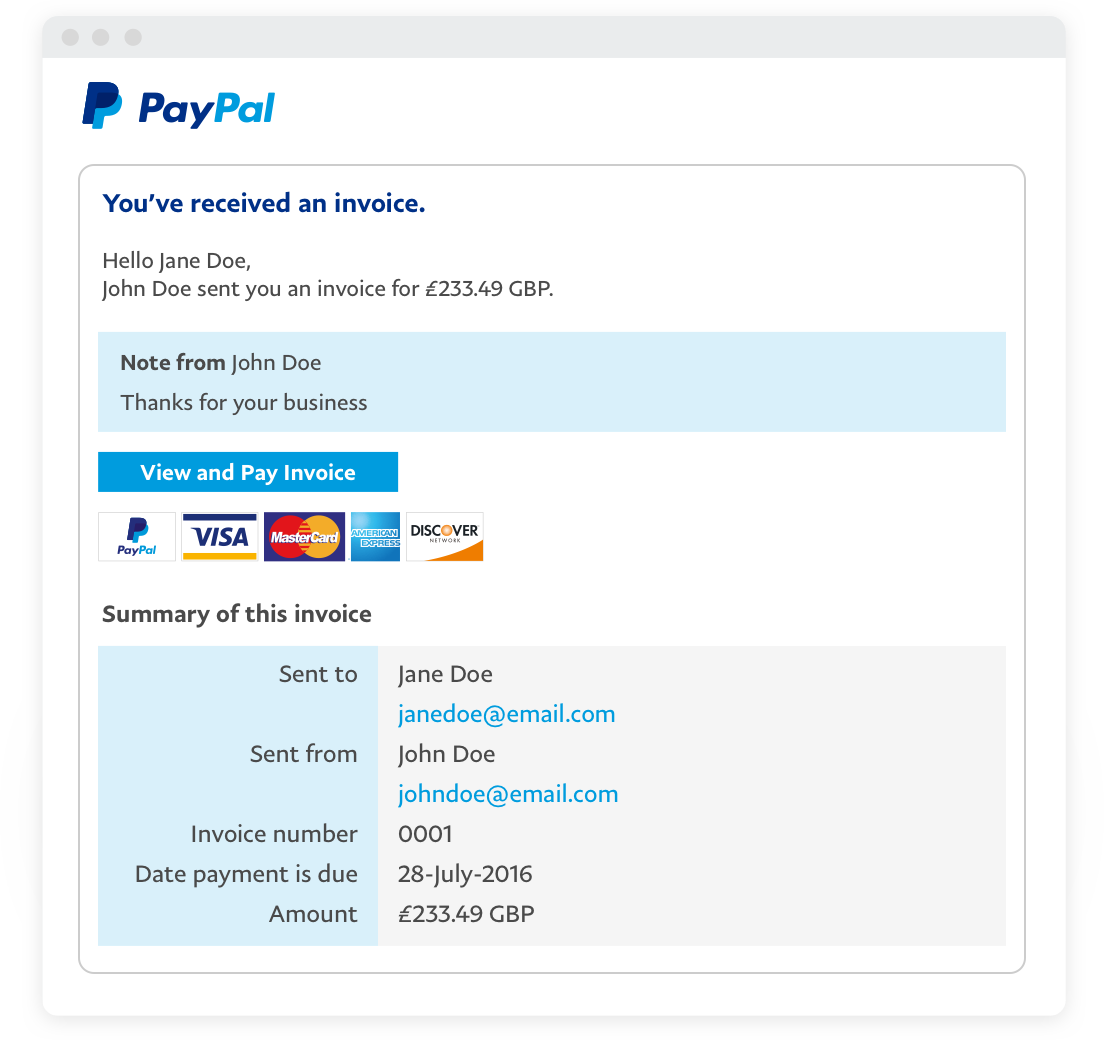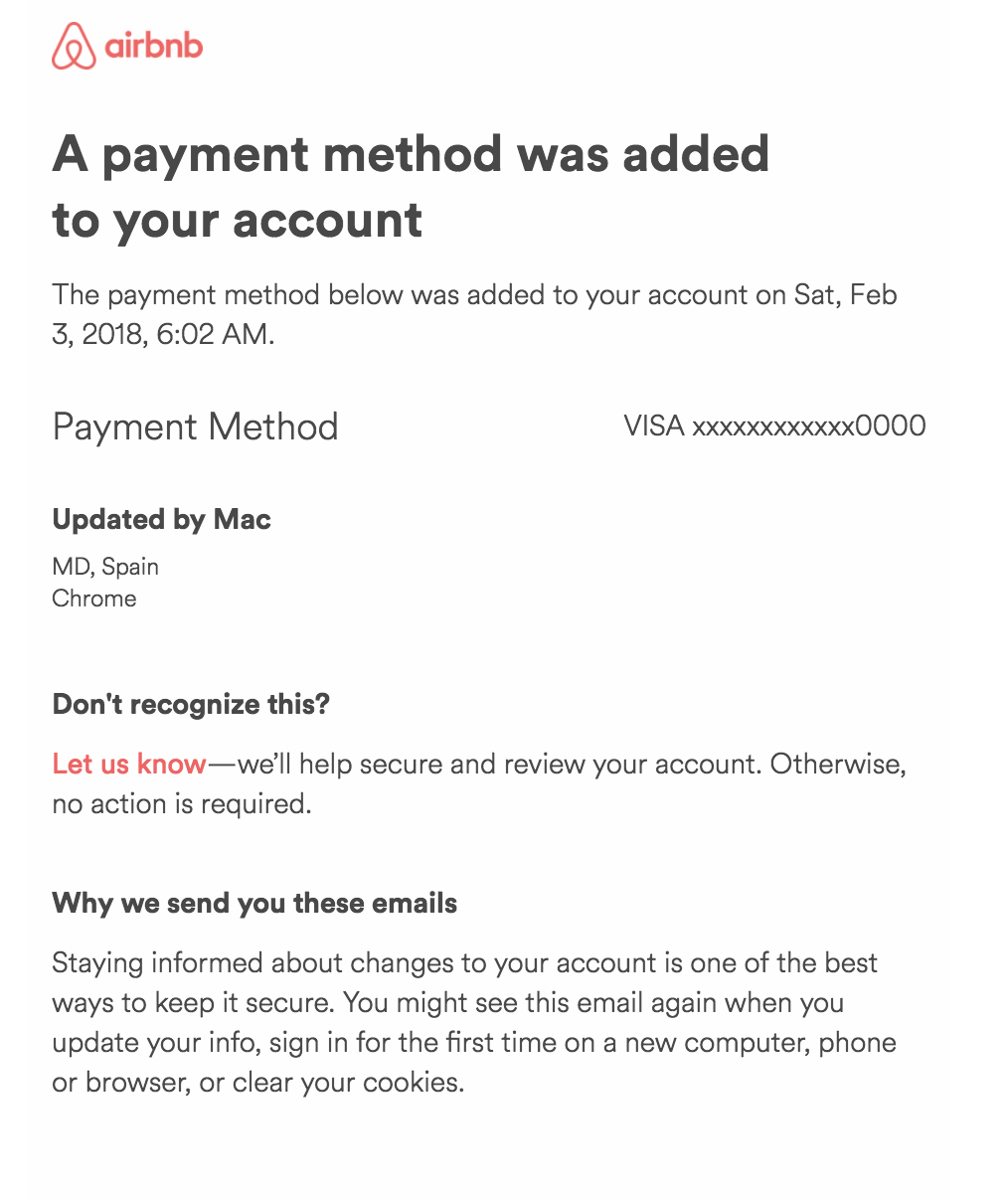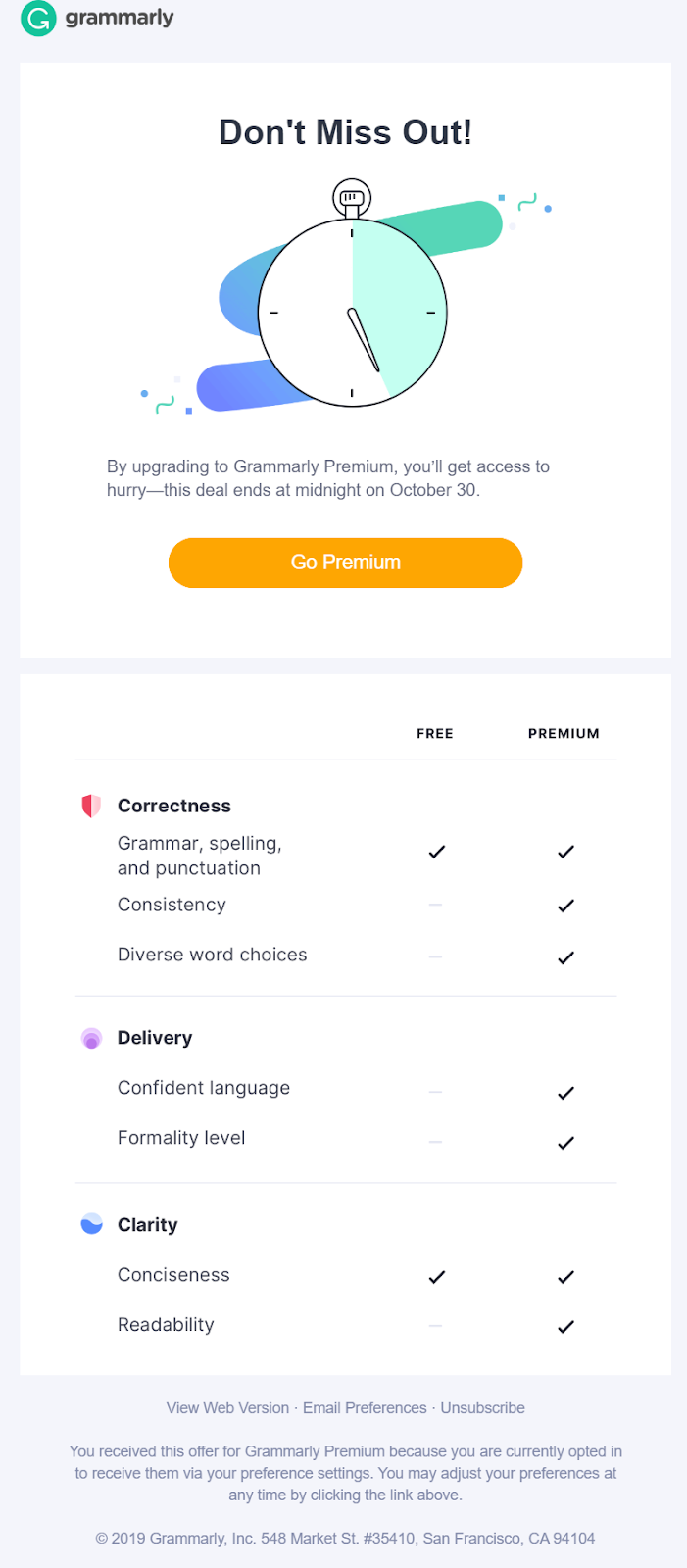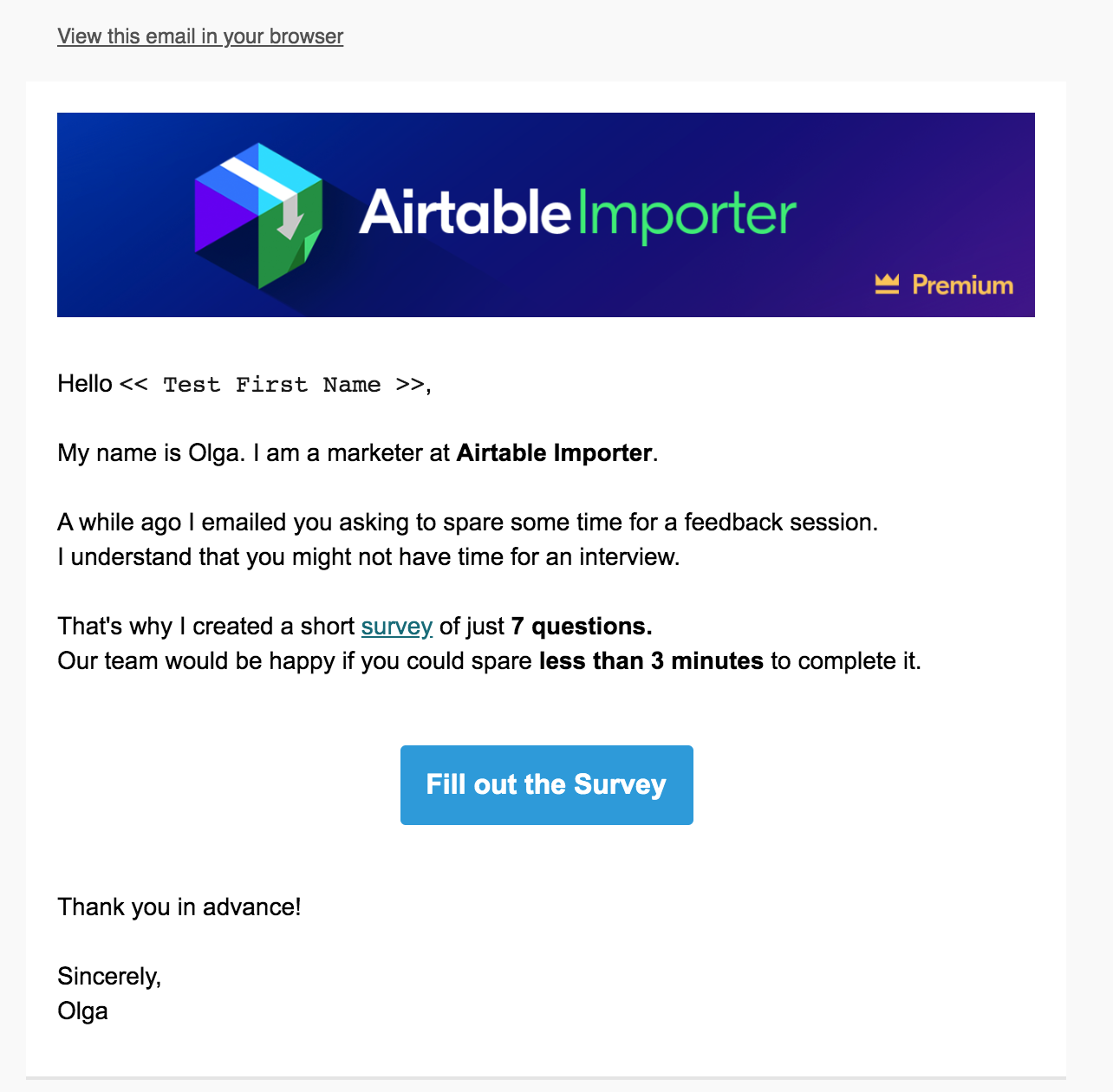15 is not the final number – you can stumble upon 16, 17, and even 19 during your search, but should you? The problem of all these lists is that you don’t get an explicit categorization of emails. We can equally well specify each occasion for an email campaign and define it as a separate email type. However, this is not what the article is about. The approach we use is more sustainable and based on every email marketer’s sacred text – the General Data Protection Regulation (GDPR).
Categorization of emails and GDPR compliance
GDPR regulates personal data protection. That’s why you’re unlikely to find anything explicit about email marketing. However, emails are troves of data that are more-or-less personal, such as email addresses, user names, contact details, and so on. Why and what you should take care of in this regard, you can find in the blog post about GDPR email compliance.
The truth is that all automated emails can be divided into two types:
- Transactional emails (mostly those that are triggered by user-app interactions)
- Marketing emails (those that promote something)
In view of this, the GDPR has two main missions:
- to shield customers from flows of marketing emails they did not consent to.
- to regulate that transactional emails are not used for marketing purposes.
Now, we let’s expand those categories of emails to discover their numerous subtypes.
Transactional emails
The first (and last) email each of your users receive is a transactional one. Transactional emails do not promote anything. Their value is to provide product/service-centered information. For example, transactional emails notify you about password change, payment status, and much more. They are considered must-read and have a stable high open-rate. That’s why there is a lure to stuff transactional emails with marketing content. But beware – GDPR is keeping an eye out!
For every person who writes one, there are many types of transactional email. We’ve broken them down into four groups:
- User account emails
- Billing-related emails
- Notification emails
- Emails on orders and purchases
Let’s check out real-life examples of all email types within those groups.
User account emails
Welcome emails
Welcome emails establish your relationship with the user. Their open-rates are as high as the Burj Khalifa and they should make your branding clear. For example, that’s how Mailtrap welcomes its users:










